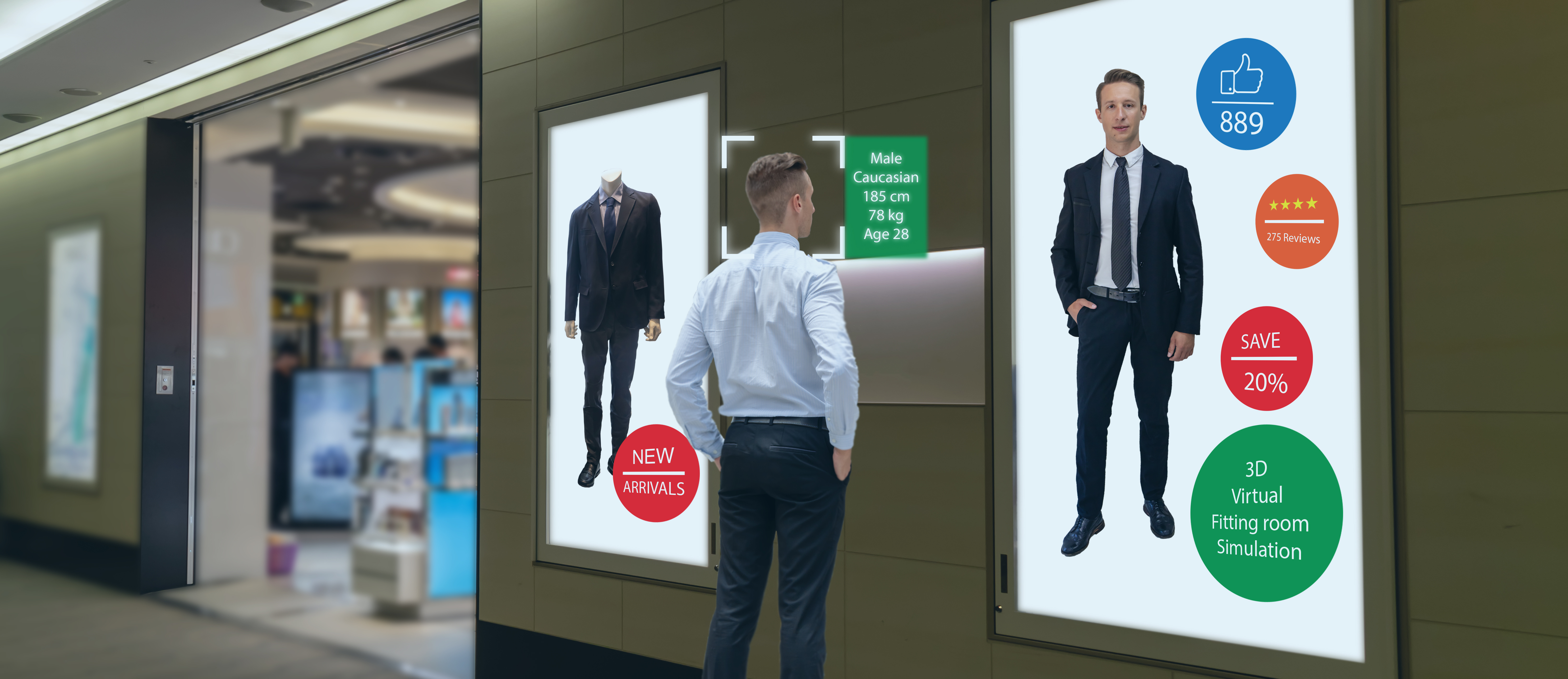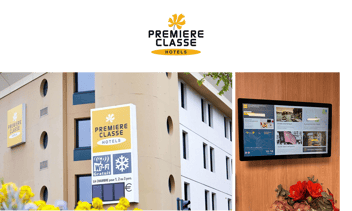
In this article, discover the concept of «Retail Media», its definition, its advantages and the role that digital billboards can play in its implementation in points of sale.
Kingfisher France (Castorama, Brico depot), Maisons du monde, Asos... What do they have in common? They are launching or accelerating their retail media strategy. And the creation of Unlimitail by Carrefour and Publicis, already bringing together 13 retailers, is further proof, if need be, of the acceleration of this very dynamic trend that promises to disrupt the advertising world in the coming years.
Retail media : définition
Retail media is becoming an essential communication lever for distribution and for brands. This concept consists of displaying advertisements on the consumers' buying journey to encourage them to make the purchase.
Powered by Amazon, which still generously dominates the market, retail media is no longer just intended for e-commerce: it is now perfectly aligned with the omnichannel strategies of distributors. By gradually replacing the traditional POS, it allows points of sale to monetize advertising space with brands.
Beyond the media aspect, this concept is based heavily on data, allowing advertisers to target and measure their campaign more accurately.
According to GroupM’s latest report (WPP), this market is expected to weigh more than $175 billion in 2028. With a market share of more than 15% of advertising, it should thus surpass television, a revolution!
The advantages of retail media for points of sale
Generate additional revenue
Brands have an audience. Why not monetize it? By renting advertising space to brands, retail media allows distributors to generate additional revenue.
Personalized the customer journey
Retail media allows brands to offer a unique experience. Advertisements can be personalised according to customers, whether through technology (facial recognition for example) or through data (identification via a loyalty card for example). All this increases the effectiveness of advertising campaigns.
Measure in real time
Retail media allows you to measure the performance of advertising campaigns in real time. Brands can quickly adjust their advertising campaigns to adapt to consumer behavior.
How to implement retail media through digital signage?
The implementation of a retail media strategy associated with digital displays may seem complex, but it is actually quite simple. Here are some steps for a successful implementation:
- Define your goals: Before you start, it’s important to define your marketing and advertising goals. What messages do you want to convey? What actions do you want to encourage customers to take? These goals will guide your content and format choices.
- Choose the right locations: Display devices should be placed in strategic locations in the store, where they will be seen by as many customers as possible. Think about the store layout, high-traffic areas, and the shelves you specifically want to promote.
- Create engaging content: Delivered content must be engaging and engaging for customers. Use impactful images and videos with clear and concise messages. Do not hesitate to call on marketing and design professionals to help you in this step.
- Analyze results: Once your retail media is set up, it is essential to track and analyze the results of your campaigns. Use analytics to measure the impact of your ads, customer engagement, and conversion rates. This data will help you optimize your campaigns and improve your return on investment.
A perfect solution for retailers
Retail media is a powerful tool for stores that want to digitize and offer a unique shopping experience to their customers. By using display solutions, brands can deliver advertisements and promotional content in an effective and engaging manner. This allows them to generate additional revenue, attract new customers and differentiate themselves from the competition.



